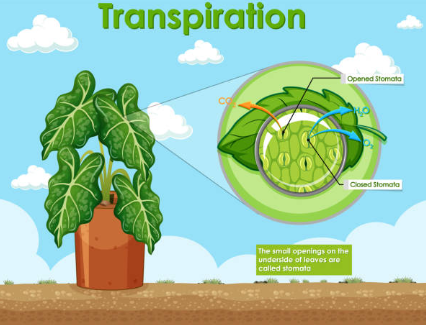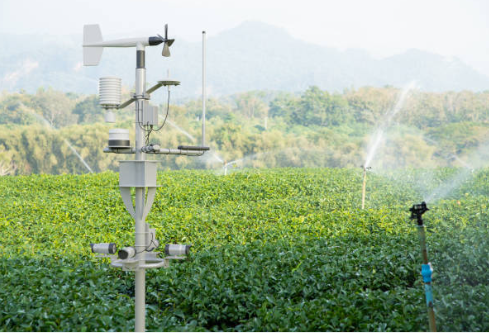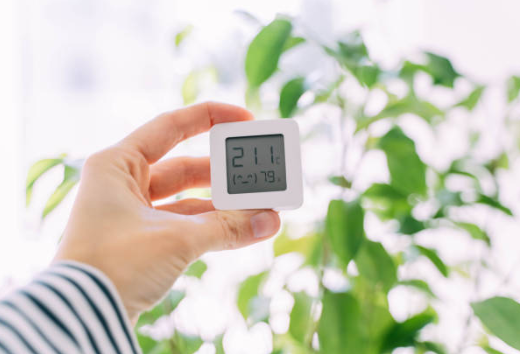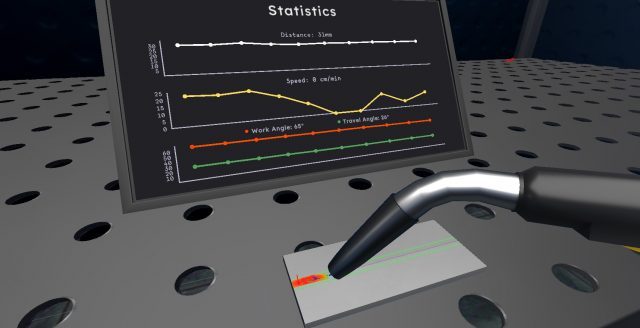In agriculture, where the growth of all plants hinges on fundamental elements like water, light, and nutrients, achieving optimal success is an intricate dance that extends beyond these essential requisites. Various internal and external factors intermingle to sway the tide of plant growth and overall vitality. Among these factors, Vapor Pressure Deficit (VPD) emerges as a critical player—a metric that gauges the moisture demand imposed by the atmosphere on plants. To effectively harness this understanding of VPD is to hold the key to substantial gains in agricultural productivity and the fostering of sustainable farming practices.
VPD serves as a metric that offers insights into the drying potency of the air that envelops plants, wielding a profound influence on the extent to which plants transpire, thereby profoundly impacting their growth and physiological functions. The equilibrium between VPD and a plant’s capacity to draw in water stands as a pivotal determinant of achieving optimal growth and yield.
In this article, we shall navigate the intricacies of VPD and scrutinize its profound influence on agricultural success.
The Essence of Vapor Pressure Deficit (VPD)
To unravel the significance of VPD in the agricultural context, we must commence our journey with its fundamental definition. Vapor Pressure Deficit, a numerical representation, quantifies the variance between the existing moisture content in the atmosphere and the maximum moisture it can retain at a specific temperature.
It is calculated using the following formula-
VPD = Saturation Vapor Pressure (SVP) – Actual Vapor Pressure (AVP)
It essentially maps the moisture gradient between the plant and the encompassing atmosphere, effectively elucidating the driving force behind transpiration—the process through which plants emit water vapor into the atmosphere.
VPD plays the role of an orchestrator in the botanical symphony. When VPD escalates, indicating arid air, plants embark on rapid water loss through transpiration, potentially leading to dehydration. Conversely, during times of low VPD, a sign of elevated humidity, transpiration decelerates, affecting nutrient uptake and risking waterlogged conditions.
Achieving the Ideal VPD
The optimization of VPD for agricultural success demands a delicate equilibrium between air moisture levels and a plant’s water absorption capacity. Diverse crops harbor distinct VPD inclinations contingent on their species, developmental stage, and prevailing environmental circumstances. For instance, plants in the vegetative phase typically favor higher VPD levels to fuel their growth. In contrast, those in the flowering or fruiting phase might benefit from a slightly diminished VPD to channel energy toward reproductive processes.
Mastering the art of achieving the ideal VPD involves vigilant monitoring of both temperature and relative humidity. Employing a specific formula considering these variables facilitates the calculation of VPD, providing farmers and cultivators valuable insights to fine-tune their surroundings accordingly. With precise irrigation strategies, effective greenhouse ventilation, and the deployment of advanced climate control systems, VPD can be managed effectively to optimize agricultural yields.
The Impact of VPD on Agricultural Success
Vapor Pressure Deficit (VPD) plays a critical role in steering agricultural success, exerting a profound influence on various facets of plant growth and vitality. Here are some pivotal ways in which it shapes agriculture:
- VPD and Plant Growth: Balancing Moisture Dynamics
VPD, being the difference between the minimum moisture content in the air and its maximum at a given temperature, directly steers plant growth. Elevated VPD, a telltale sign of parched air, expedites water loss in plants through transpiration, potentially resulting in desiccation and stunted growth. Conversely, diminished VPD amid high humidity deters transpiration, affecting nutrient absorption and possibly causing water saturation.
- Optimizing VPD for Enhanced Transpiration Efficacy
Preserving an optimal VPD range is paramount in ensuring efficient transpiration in plants. This efficiency enables plants to absorb water and nutrients effectively, promoting robust growth and maturation. Striking the perfect VPD balance, contingent on the growth stage and species of the plant, leads to sturdy stems, robust root systems, and an overall augmentation of crop health.

- VPD’s Impact on Crop Health and Disease Mitigation
VPD extends its influence beyond transpiration rates, significantly impacting the holistic health of crops and aiding in averting diseases. A judicious VPD range plays a pivotal role in mitigating the risk of fungal diseases and other stressors associated with excessive moisture. By regulating VPD and maintaining the optimal moisture balance, farmers can cultivate an environment where crops are more resilient to diseases, consequently advancing the overall triumph of agriculture.
- Adapting VPD Management for Prudent Water Utilization
In an era where sustainability takes precedence, efficiently managing VPD aligns with sustainable agricultural practices. By optimizing the atmospheric conditions surrounding plants and effectively managing VPD, farmers can utilize water resources judiciously. This approach not only curtails water wastage but also promotes healthier crop growth. It’s about achieving more with less, a principle that is crucial in ensuring a sustainable future for agriculture.

Conclusion
In the intricate tapestry of agricultural success, Vapor Pressure Deficit emerges as a pivotal factor that significantly influences plants growth and overall health. Balancing the moisture dynamics between plants and their environment through effective VPD management is an art that can markedly enhance agricultural productivity. Farmers and growers who comprehend the nuances of VPD and integrate this knowledge into their practices are better equipped to navigate the complexities of crop growth and contribute to sustainable and prosperous agriculture. As we advance in understanding VPD and its impact, we move closer to cultivating a more bountiful and sustainable future in agriculture.







